Transcoding 4K Media on the DS1019+ NAS Plex Media Server?

Transcoding on a NAS such as the DS1019+ device is the ability for a multimedia file to be changed from it’s existing format or codec to one that is better suited to the destination device. In this file access, the DS1019+ NAS is the host device and the device you want to play the file is the client. This is the case of whether you are using Plex or not. Transcoding is typically required when a media file is more recently released than the client device that is accessing it, so the newer compression or playback format is unknown to the device you want to access it with. Alternatively, you want to access the movie or music on your DS1019+ and do not want to use the original file in its full size. Transcoding can enable you to stream a much smaller version in weight or resolution if needed. IN a popular program such as PLEX, smooth playback is essential, and with the plex media server application on the DS1019+ NAS using a larger percentage of CPU and Memory than most programs, it is very useful to know the plex transcoding abilities of any NAS.
https://nascompares.com/2019/02/16/synology-ds1019-nas-16gb-nas-installation-guide/
Why should you factor transcoding with a Plex Media Server on a DS1019+ NAS

When you install a Plex Media Server on your DS1019+, you should know that plex is not the answer to all of your media prayers. It has some limitations and depending on the NAS you use, these limits can be annoying. You will most likely have media files in a large collection of different formats and there is no guaranteeing that these are going to be compatible with TVs, iPads and Smartphones that you wish to watch them on. Although you will have a version of the Plex app on the viewing device, that app will still be locked to playback the supported media types on that device.
So if your phone does not support.MKV or .MOV, then neither does the plex app you installed on it. However, this is where transcoding comes in again, as the plex media server will use the NAS system resources to change the file to a version/format that it CAN play. What makes transcoding with Plex different to ordinary transcoding is that often, the NAS (in this case, the DS1019+) will not let the plex use the transcoding engine inside. This is not the end of the world, as it will use raw system power instead. The result is that where a regular transcode outside of plex will use 20-30%, in plex it could go as high as 70-80%. This is why it is important to know how well a plex NAS will transcode, as if it will hapen regularly, it could potentially slow down the general use of your DS1019+ NAS.
Synology DiskStation DS1019+ 5-Bay Desktop NAS for SMB
Which plex supported client devices require transcoding from the DS1019+ NAS
Destination devices range greatly and are often referred to as the client device. Common client devices that your DS1019+ device will be accessed by are often:
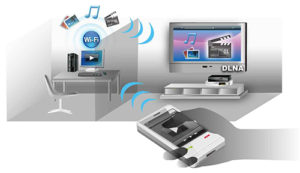
- iPad or Android Tablet
- iPhone or Android Smartphone
- Smart TV or DLNA supported monitor
- Macbook, Laptop or Netbook device
- Sound systems such as Bose, Sonos and Sony DLNA systems
- Home Theatre Systems
- Network and internet-enabled gaming consoles such as PS4, Xbox One and Nvidia Shield
Transcoding between a DS1019+ and your media can be of tremendous benefit for those with limited internet bandwidth, download limits or low powered devices whilst using the plex client application.
What are the Specifications of the DS1019+ NAS?
The specifications for the DS1019+ NAS are below and like all NAS devices, the CPU and Memory play a big part in how well it performs at transcoding both in and out of plex. The key factors to consider are if the device features an x86 or ARM-based CPU, does the DS1019+ CPU feature a transcoding engine and how much RAM the device arrives with for multiple transcoding tasks. Below are the DS1019+ specs:
Synology DiskStation DS1019+ 5-Bay Desktop NAS for SMB
DS1019+SPECS CPU MEMORY TRANSCODING ENGINE: YES 1080P Support: YES 4K Support: YES Transcoding Support: YES
|
|||||||||||||||
|
Where to Buy |
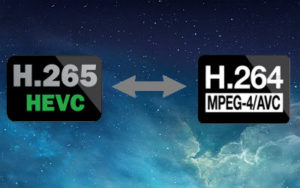 What is the difference between H.264 and H.265 4K Media on a NAS
What is the difference between H.264 and H.265 4K Media on a NAS
H.264 and H.265 are common codecs of modern digital media. H264 is also referred to as AVC by experts (Advanced Video Coding) and is considered the standard for video file compression. This allows for media originally created for large-scale entertainment to be recording, compressed, and distributed to the home and smaller scale production of digital video content watched by you, the consumer via plex.
H265 is the newer and more consumer-friendly alternative to H264. It is also known as HEVC (High-Efficiency Video Coding) and was developed in order resolve issues of enormous 4K media files being just too large for your client device to playback. H.265 has become so popular and data saving that chances are that the YouTube clip, iTunes media or iPlayer content you watched was in .265 and HEVC. Typically a modern NAS such as the DS1019+ will playback with JUST H.265 or it will PLayback both H.264 and H.265. The latter pretty much being exclusive to x86 or AMD based NAS CPU devices.
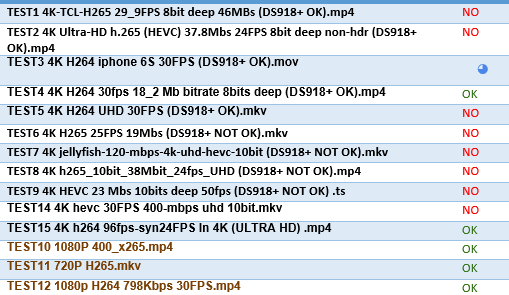
The DS1019+ NAS 1080p H.265 8-bit 24fps 405kb/s PLEX Test 1 – How well does it perform?
In an effort to maintain fairness, we also covered an H.265 1080p file, so a comparison between this and Test 12 could be made. Ignore the test numerical order numbers, as this needed to be re-done (blame the DS1019+ needing a firmware update mid transcode and therefore spoiled the results the first time). This was an HEVC/H265 8-bit file running at 24fps through the plex media server application, but with a comparatively low bitrate of just 405kbps. The results (correct this time) were again, fairly expected:
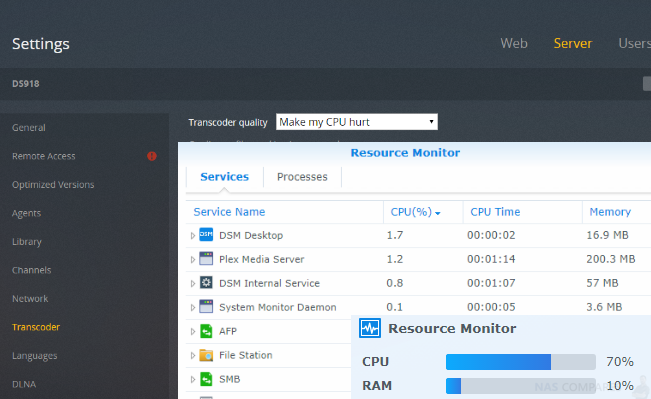
The DS1019+ NAS 4K H.264 8-bit 30fps 51Mb/s PLEX Test 2 – How well does it perform?
Next, we pushed the DS1019+ NAS to transcode a 4K H264 this time, the media file was an 8-bit recording, but this time back at 30 frames per second and featured a bitrate of 51 megabits per second, our highest yet. The DS1019+ playback through the plex media server application results were:
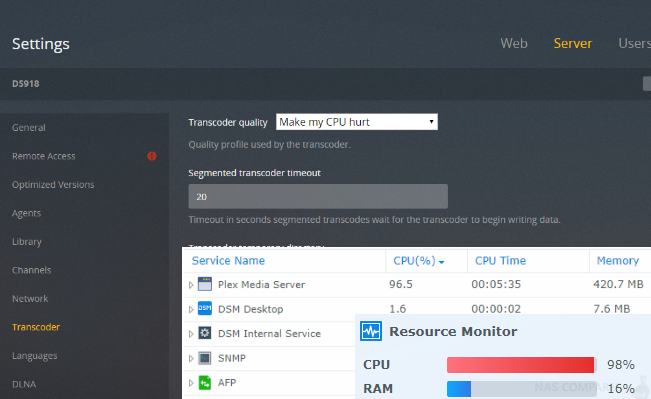
The DS1019+ NAS 720p H.265 8-bit 24fps 1Mb PLEX Test 3 – How well does it perform?
In an effort to fully test the spectrum of the DS1019+ NAS and it’s transcoding, we wanted to also test HD Playback (to give the 4K results a sense of perspective). First up was 720p. This 720 HD file through the plex media server application was another efficient H.265 8-bit file. It ran at 24fps and was just 1Mb in bitrate. The DS1019+ NAS performed as expected (given the earlier results):

The DS1019+ NAS 1080p AVC 8-bit 30fps 0.8Mb PLEX Test 4 – How well does it perform?
Next up we gave 1080p transcoding a try on the DS1019+ NAS. This AVC file (so H264 again) an 8-bit file running at a fluid 30fps. However, with a lower bitrate of just 0.8Mb, it should not have pushed the DS1019+ as much as earlier tests even through the plex media server application. The results for 1080 HD transcoding were:
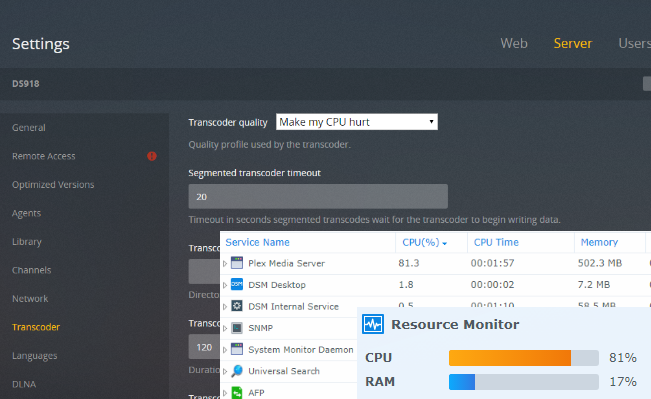
The DS1019+ NAS Ultra HD 4K H.264 8-bit 24fps 22Mb/s PLEX Test 5 – How well does it perform?
We then decided to end on an older and currently more common owned 4K type of media file. This was kind of our control tests for most NAS and was no exception for the DS1019+ through the plex media server application. This UHD file in 4K was an 8-Bit file, arriving in 24 frames per second and at a bitrate of 22megabits per second. For those who have owned 4k media for a while and want to consider their older H264 material, this test would be of interest. The results were.
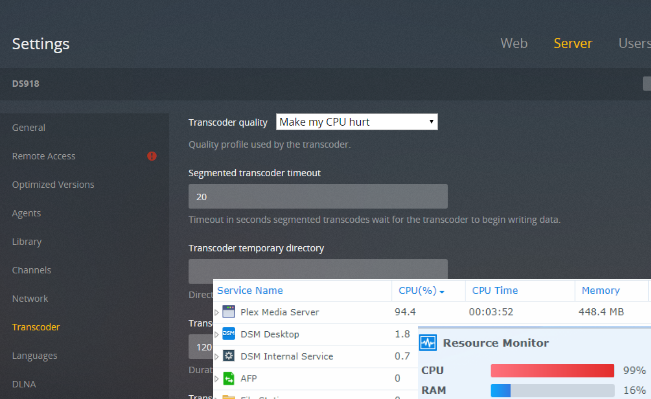
I hope these Plex Media Server 4K results were of use to you and this helps you consider which NAS you wish to you buy in 2018, whether it is the DS1019+ or something more or less suited to your needs.
📧 SUBSCRIBE TO OUR NEWSLETTER 🔔🔒 Join Inner Circle
Get an alert every time something gets added to this specific article!
This description contains links to Amazon. These links will take you to some of the products mentioned in today's content. As an Amazon Associate, I earn from qualifying purchases. Visit the NASCompares Deal Finder to find the best place to buy this device in your region, based on Service, Support and Reputation - Just Search for your NAS Drive in the Box Below
Need Advice on Data Storage from an Expert?
Finally, for free advice about your setup, just leave a message in the comments below here at NASCompares.com and we will get back to you. Need Help?
Where possible (and where appropriate) please provide as much information about your requirements, as then I can arrange the best answer and solution to your needs. Do not worry about your e-mail address being required, it will NOT be used in a mailing list and will NOT be used in any way other than to respond to your enquiry.
Need Help?
Where possible (and where appropriate) please provide as much information about your requirements, as then I can arrange the best answer and solution to your needs. Do not worry about your e-mail address being required, it will NOT be used in a mailing list and will NOT be used in any way other than to respond to your enquiry.

|
 |
UGREEN DH4300 & DH2300 NAS Revealed - Good Value?
Aoostar WTR Max NAS - Should You Buy?
Xyber Hydra N150 NAS Review - Is This COOL?
Minisforum N5 Pro vs Aoostar WTR Max - The BIG Showdown
Do MORE with Your M.2 Slots - GREAT M.2 Adapters!
5 Top Tips for Content Creators Buying a NAS
Access content via Patreon or KO-FI


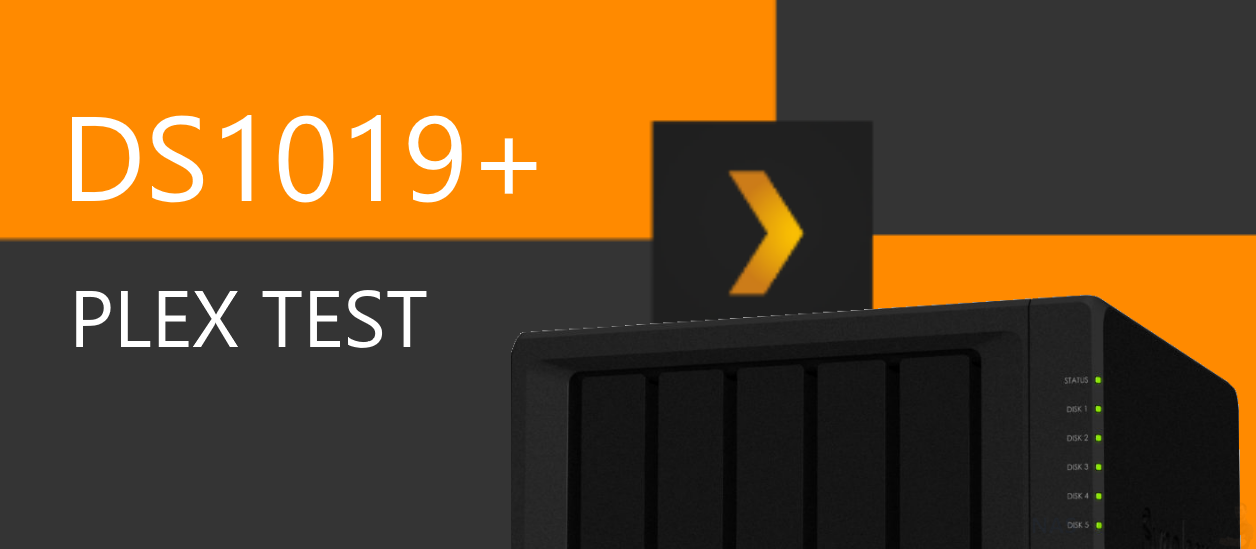

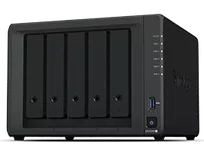




Thank You for the Info, you were helping me to understand from a place that could of taken my own guesswork, even though your knowledge is complex, you know what your talking about!
REPLY ON YOUTUBE
I have a bunch of DVD’s, some BlueRays that I want to download to a Plex server what is the best way and format to do that in?
REPLY ON YOUTUBE
Can you transcode on a Ugreen Nas?
REPLY ON YOUTUBE
Thank you for explaining this!
REPLY ON YOUTUBE
????????????????
REPLY ON YOUTUBE
I hate that 90 percent of home media center related videos on this site are made by this unlikable ghoul.
REPLY ON YOUTUBE
so basically if i watch 4K mkv files from a nas on a 4K tv, there is no transcoding happening, thus the attributes of the nas is negligible ?
REPLY ON YOUTUBE
We are living in 2022 now. The DS920+ haves transcoding. The DS923+ does not have transcoding.
But I am not a heavy watcher. Do I still need transcoding?
REPLY ON YOUTUBE
Question?
So if I rip 4K uhd blu rays to a synology nas and play it using a pc,Apple TV 4K and phone. Do I have to worry about transcoding? And will i worry about transcoding if I were to rip older disneys dvd tbat are 720p or 1080p
REPLY ON YOUTUBE
Thank
REPLY ON YOUTUBE